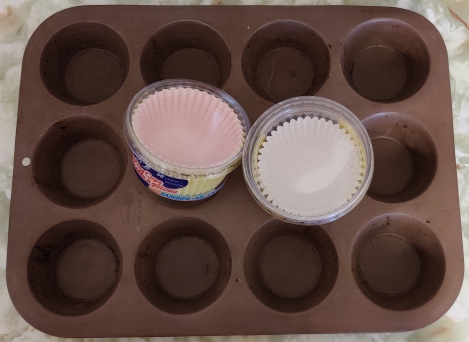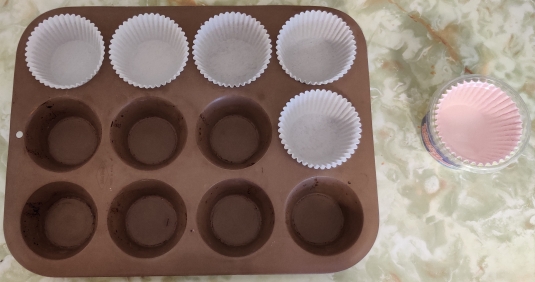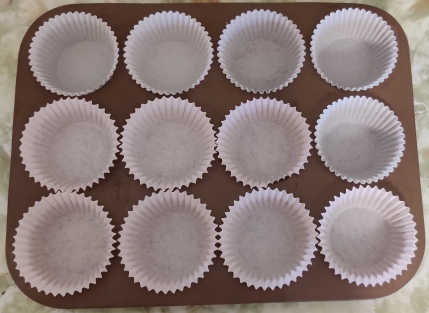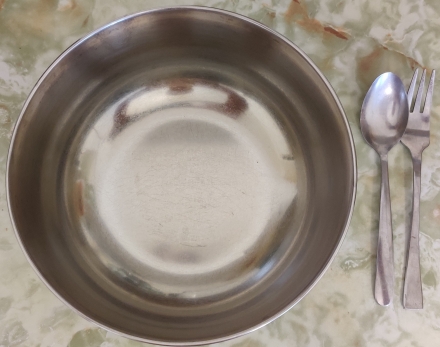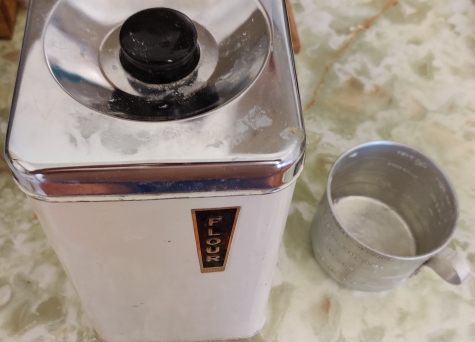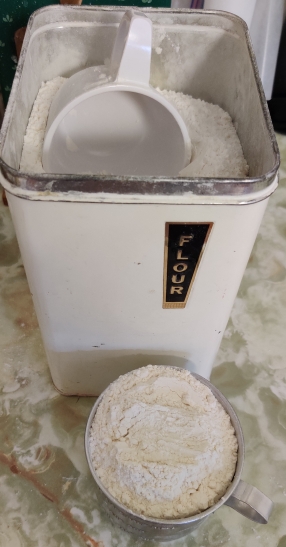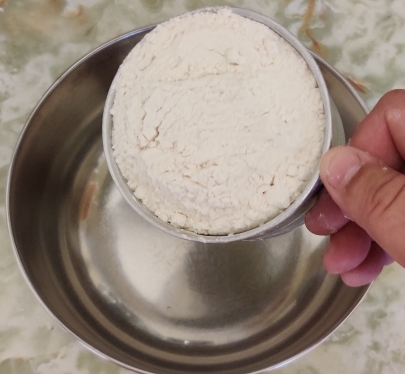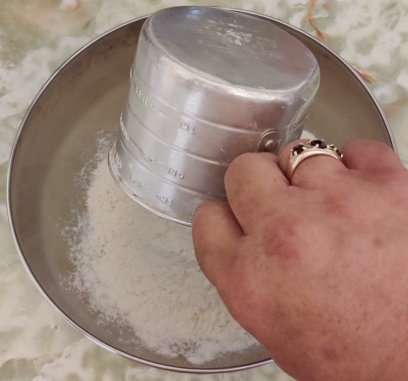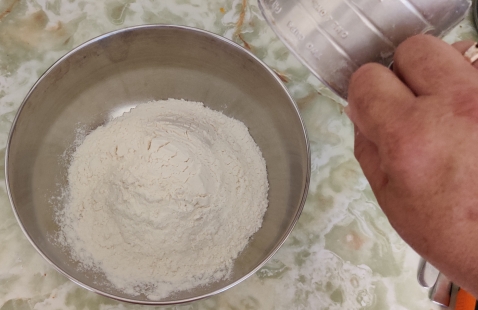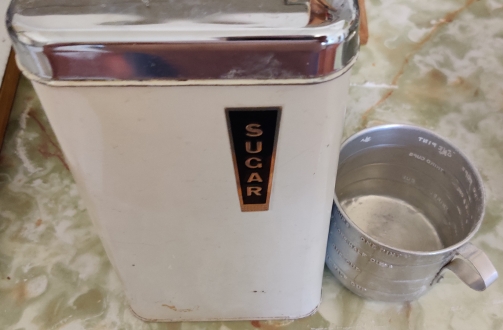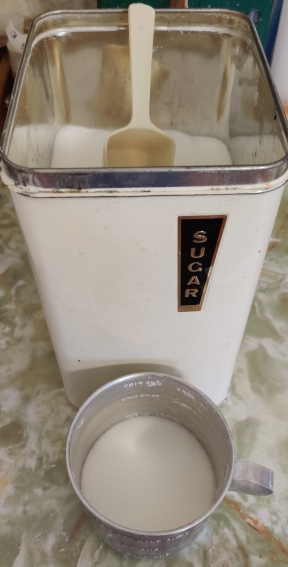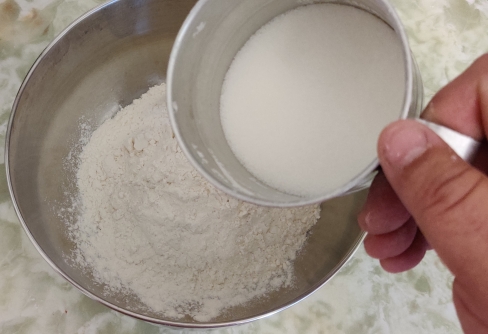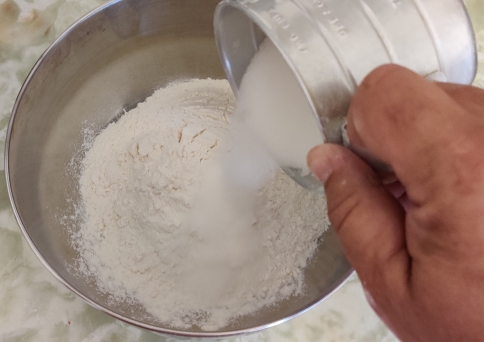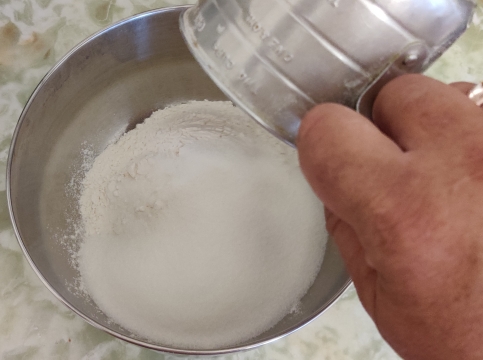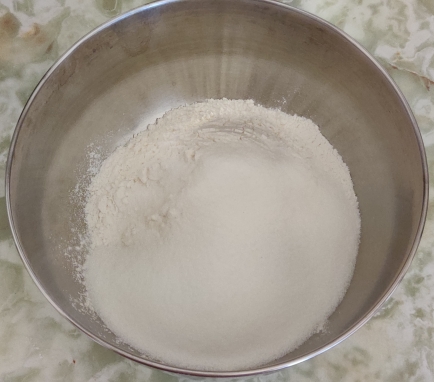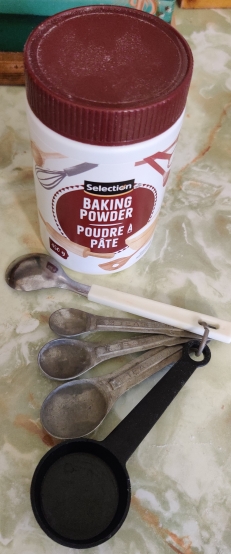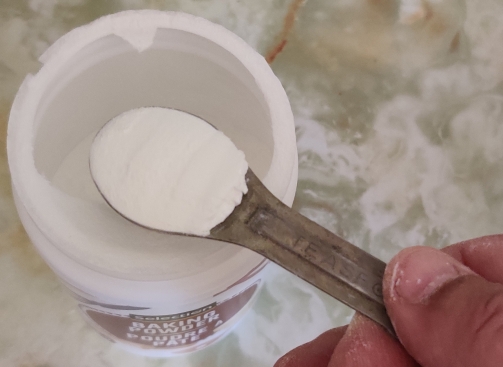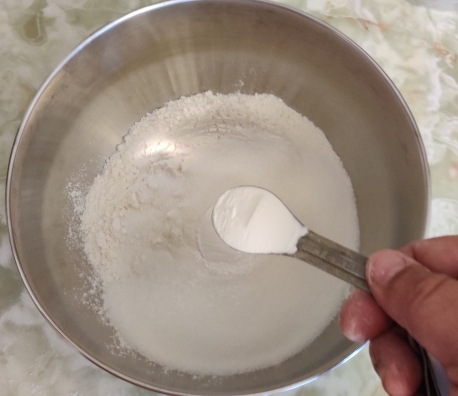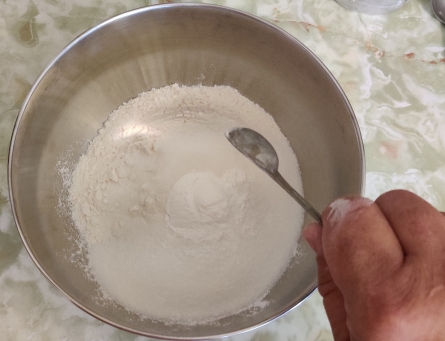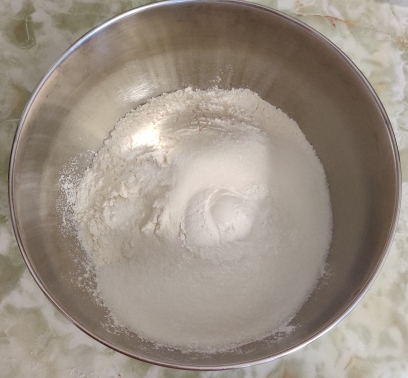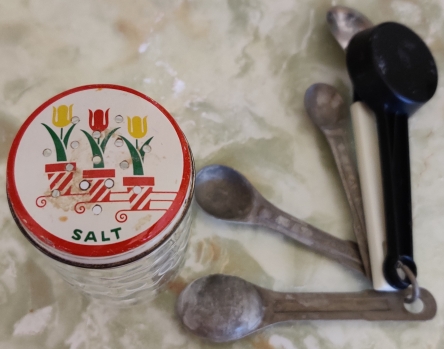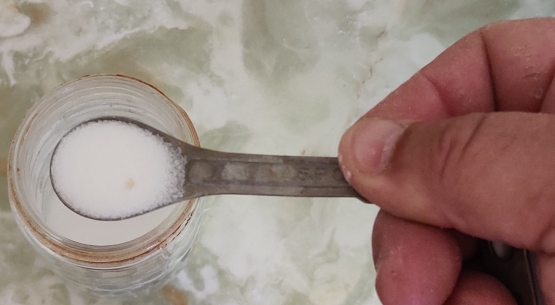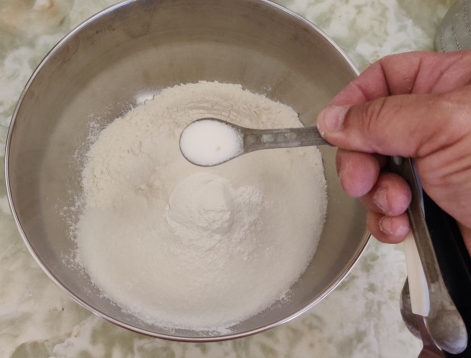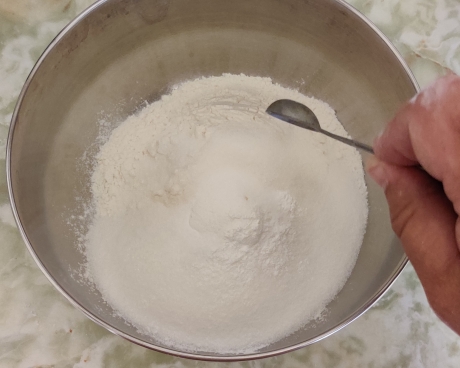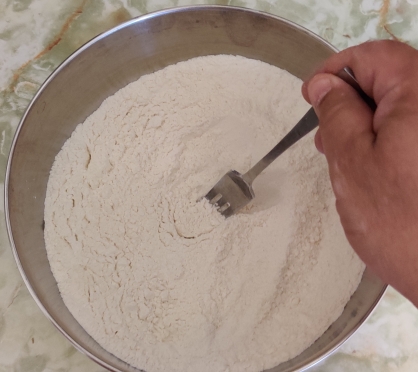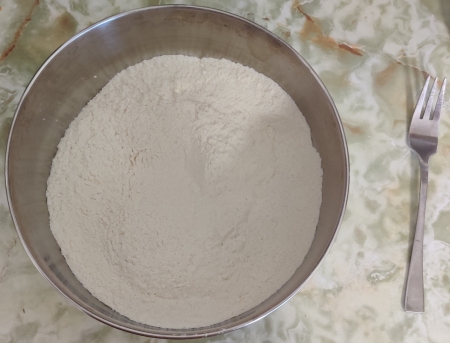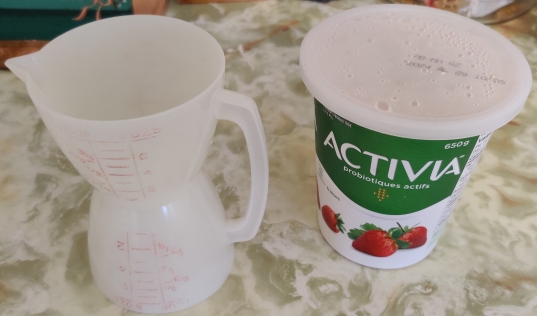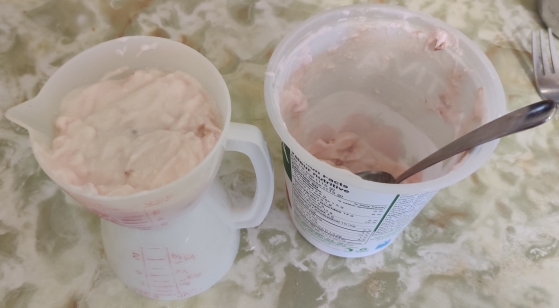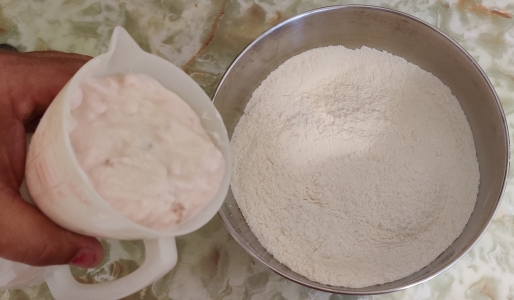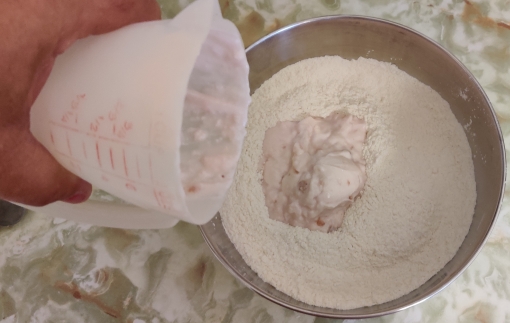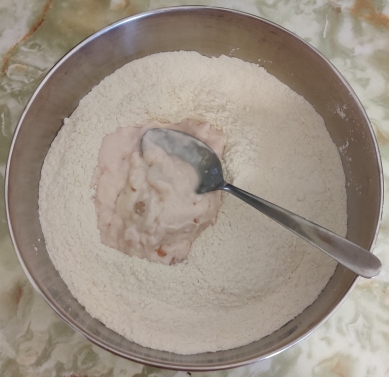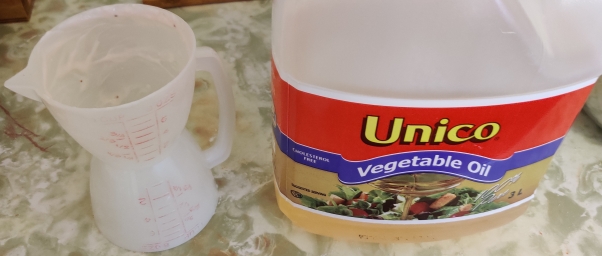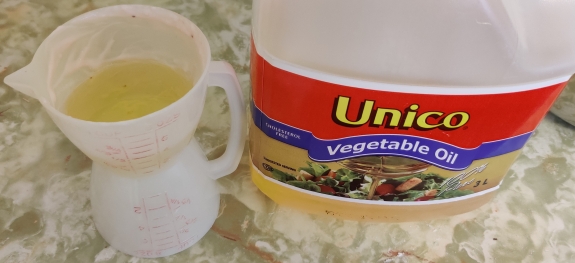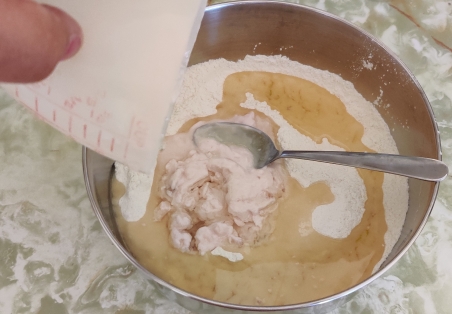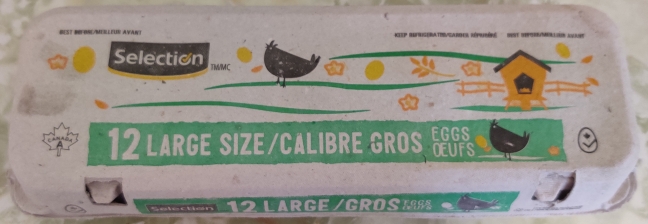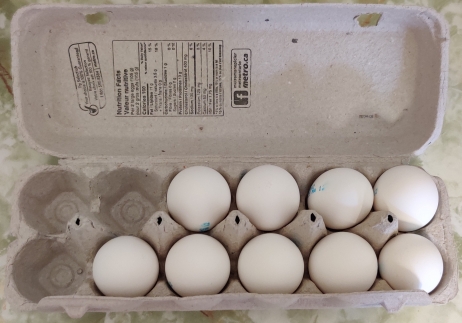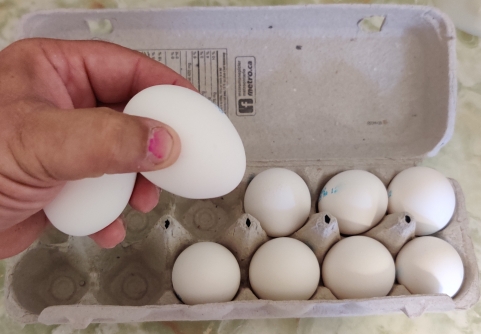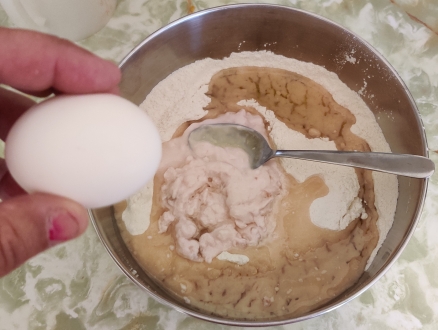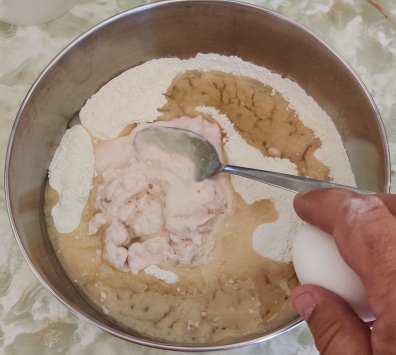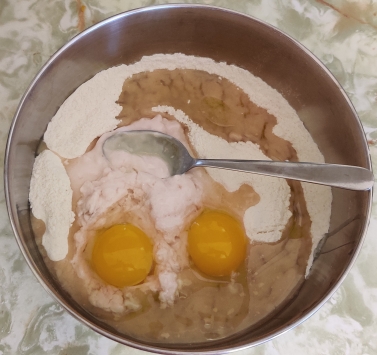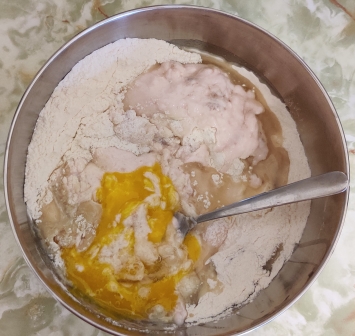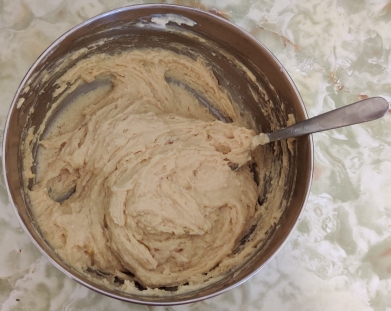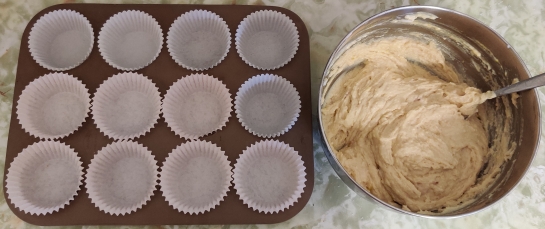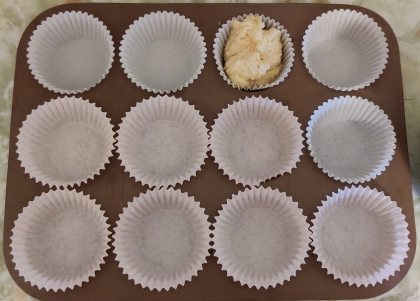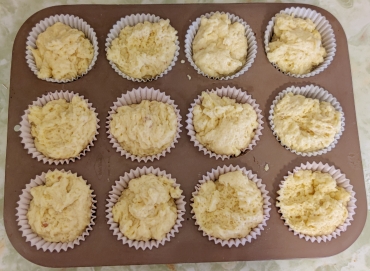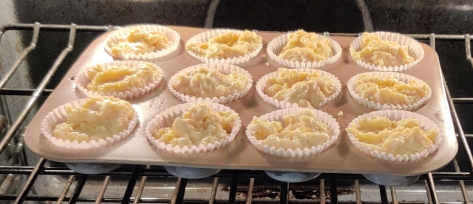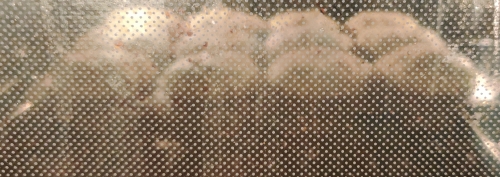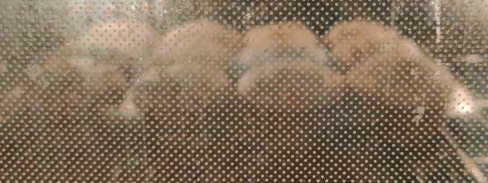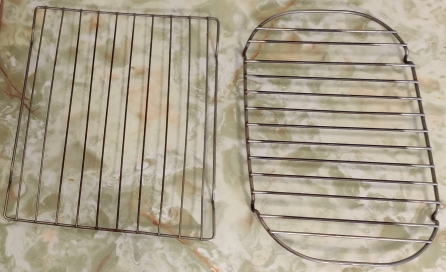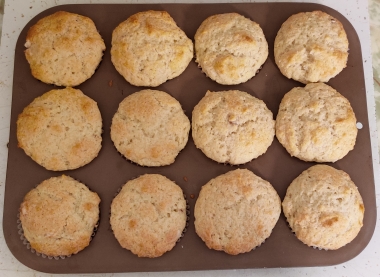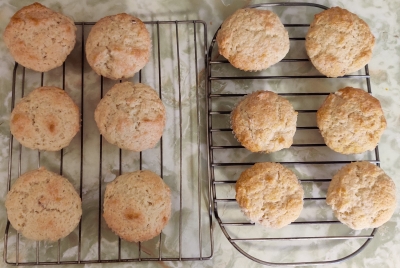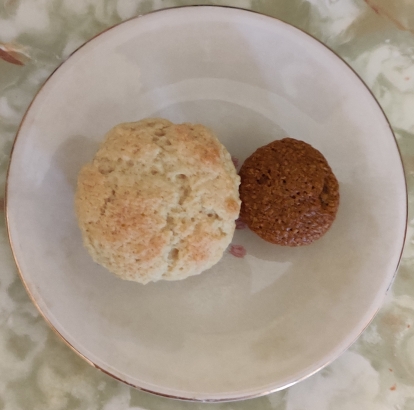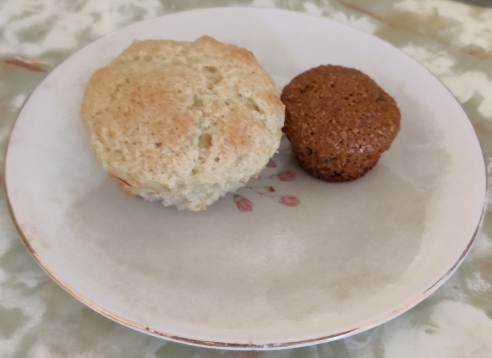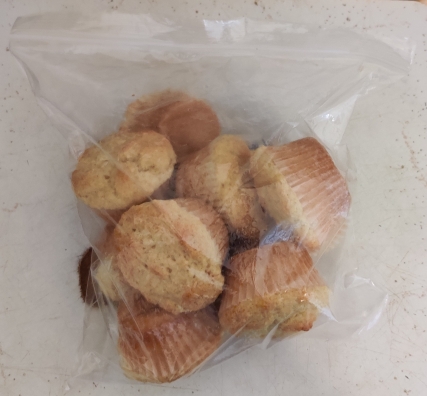Note: I suggest that you read my recent post about making yoghurt muffins first for context before reading this post.
This past weekend, my brother decided to play around with the Google NotebookLM podcast generator, using my recent post about making yoghurt muffins as the podcast topic source material.
Here are the results: “Podcast 1“, the first one I listened to and chuckled at throughout (see below), and “Podcast 2“, which is longer than the first, and a slightly different approach (again, see below).
As a reference, according to Wikipedia (here’s my archive), NotebookLM is a tool by Google that has an “audio summary” feature has the “ability to condense complex documents into engaging podcasts”. As referenced in the article, some of the generated podcasts have indeed been making the rounds on at least the media local to me; the samples played on the radio had the “voices” of two artificial “hosts”, one male and one female, and appeared to greatly impress the real radio host. The real human host on the radio then proceeded to create their own samples with the tool using local news items as source material, resulting in stunningly … seemingly accurate (or at least faithful to the source material) content and banter between the two artificial “hosts”. The voices — and banter — of the artificial “hosts” that were created sounded so real that the “hosts” did not sound obviously artificial in almost any, let alone many, of the usual ways that usually betray the artificiality or synthetic nature of the voices. “They” seemed to bypass the Uncanny Valley (here’s my archive) as well, if only because they weren’t associated with artificially-created “speaking” faces or other cues that might suggest that “they” were artificial.
To wit: My brother came up with two podcasts: Podcast1, and Podcast2, based on the blog page about the yoghurt muffins: The first podcast was roughly what I would have expected, based on the samples I’d heard on the radio, in the form of “entertaining” banter from the artificial “hosts” about the overall post and subject, while the second podcast followed a play-by-play style review of the post and its pictures.
Especially while listening to the first, I was often incredulously guffawing at how “seriously” they seemed to be taking the subject, to the point of “their” calling me a perfectionist; despite, uhm, seriously having approached mounting the post with its pictures and processing the photos for presentation, as well as of course maintaining my recipe archive, and again of course being fairly serious on a hobby level about my cooking, for the overall cooking project I have always had a certain laid back, “enjoying the fun” pleasure to mounting the posts. Which, I must admit, intentionally include a lot of photos detailing usually every last step and even micro-step. I would estimate that the “hosts” got it better in the second podcast by calling me meticulous.
The end result of the two podcasts is so good that except for the knowledge that it’s totally AI generated, I would actually believe that the podcast was hosted by real people and put together by real people providing real feedback. As such, I have a few responses to some of the “comments” that the “hosts” made:
Shorter Podcast: (audio here)
- I am flattered in a giggly kind of way that the “hosts” underlined the dirty oven window, which I myself had somewhat sheepishly admitted was the case in the original post;
- The “hosts” seem to enthusiastically say it’s like a scientific document with no room for error; I would challenge anyone to compare the blog post against the recipe and say that the two are identical. 🙂
- For the record: I did not lick the spoon. 🙂
- The “hosts” spoke of how much care I took by freezing them … well, I will go into the “easy” column and say both that baking a half batch or a double batch is roughly as easy as a standard batch, and, that I often try to make recipes that are good for the freezer!
- And finally … the “hosts”, in a tongue-in-cheek fashion, pretty much suggested that I make a blog post on making the morning coffee,
which I may just do sometimes in the futurewhich I actually have done. 🙂
Longer Podcast: (audio here)
- The “hosts” asked what does “easy” mean in my claim that the muffins are easy to make, such as is it the number of ingredients, the technique, or the cleanup? “They” initially conclude “Let’s find out!” “They” then go on to point out the use of the paper liners, and the reuse of the measuring cup used to measure out the yoghurt to then measure out the oil without cleaning it in between, as examples of the “easy” part.
- The “hosts” seem to insinuate at a couple of points that the amounts of sugar and oil used are “generous”, while of course continuing to state that the muffins’ crumb would no doubt be rather moist as a result; yet, when discussing the presence of the yoghurt, the “hosts” wondered whether the yoghurt muffins were just an alternative to the bran muffins I make for my mom, but ultimately seemed to decide that it was obviously a “health angle”. I perceived this as a lack of continuity in the “creation” of the podcast. And to be clear, having adopted this recipe was simply meant to be an alternative to the bran muffins I give to my mom, which is clearly stated at the beginning of the post; further, I am not trying to “match” the sweetness of bran muffins.
- The “hosts” say that the kind of yoghurt I use is not identified, ie. firm yoghurt, stirred yoghurt, or greek yoghurt, etc.; “they” are correct that the tub does not say so, at least in the view in the picture. However, “they” do read into it by saying that this lack of information is part of the “easy” claim by letting people trying the recipe to use what they have on hand. Also, “they” did not pick up on the strawberry on the tub as an example of how the “relatively plain” was intentionally a loose interpretation.
- The “hosts” say that the kind of oil I used was not identified; again, the photo of the jug plainly says “vegetable oil”, which should tell all bakers that it’s generic vegetable-based cooking oil.
Is this a fun tool? Sure. My brother and I have bandied about ideas — purely in the hypothetical — about using the tool to create large numbers of podcasts that could then be syndicated to AM radio stations for the overnight slot during which a lot of content is often recycled or of what we consider to be of dubious interest.


